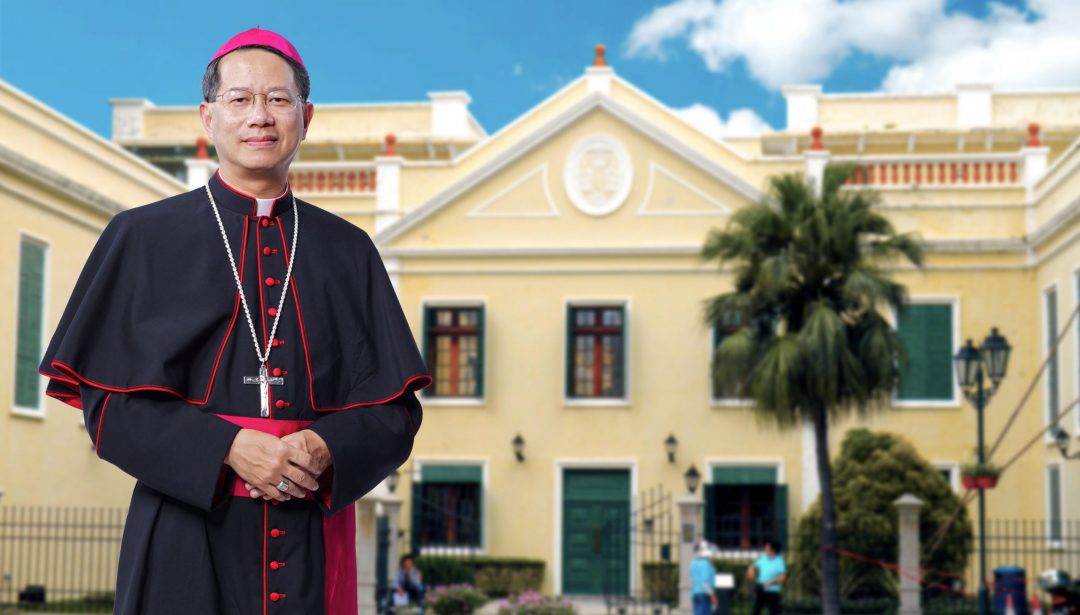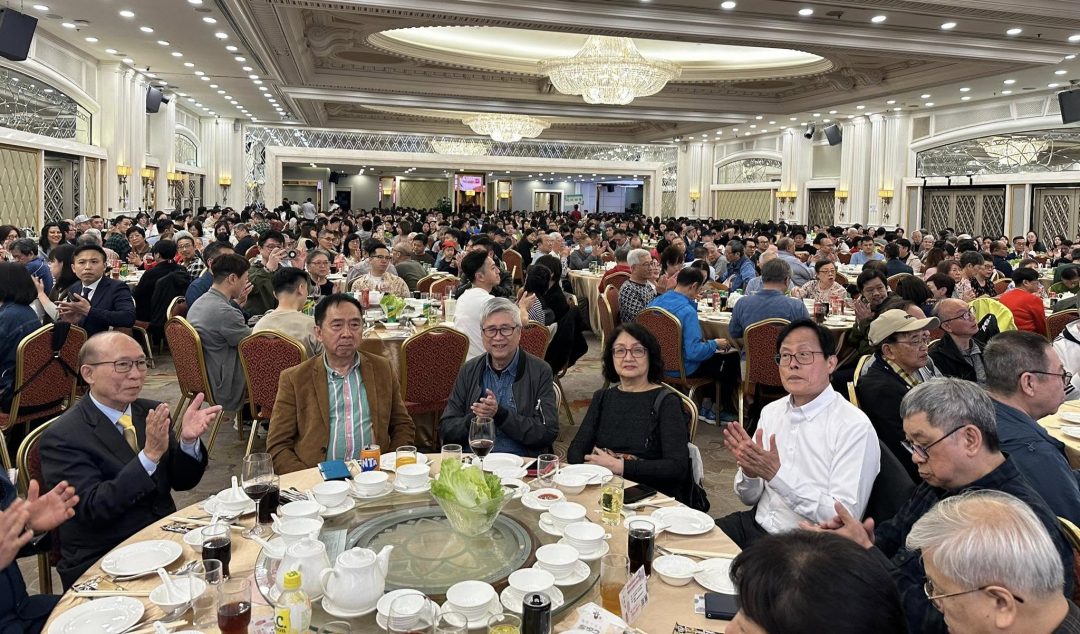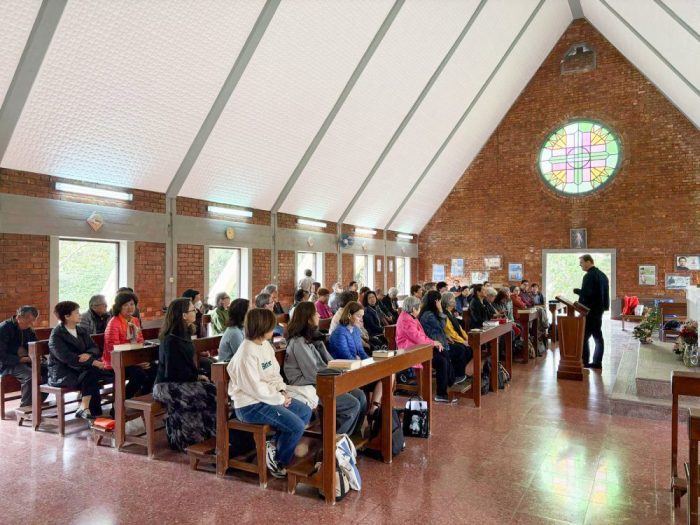From October to April, a dozen schools are hosting an exhibition assembled by the University of Saint Joseph, on the role of mangroves as nature-based solutions for climate change adaptation and mitigation. The International School of Macau and the Yuet Wah College were the first educational establishments to receive the exhibit. The Portuguese School of Macau is also on the list.
Marco Carvalho
The exhibition, which aims to explain the role of mangroves in mitigating the effects of climate change, is the result of a science project conducted on Macau’s mangrove habitat by the Institute of Science and Environment of the University of Saint Joseph. The exhibit presents scientific display boards, photographs, films, videos and water tank models that showcase the local wetlands ecosystem that makes up an essential part of the Special Administrative Region natural environment and helps to safeguard Macau’s coastline from phenomena such as pollution and sea level rise.
The exhibition, which since the end of October was displayed at schools such as the Yuet Wah College and the International School of Macau, will tour a total of twelve educational establishments until mid-April. Its purpose, researcher Karen Araño Tagulao told O CLARIM, is not only to raise awareness of climate change, but also to give visibility to the scientific work that is being carried out by the local universities: “It’s important to bring these science projects closer to the local schools for students to realize that local universities actually work and produce outcomes that address local issues, namely the environment. This exhibition can help the younger generations to look differently to the work being done by universities. It provides another perspective, another view, a better view, that local universities are doing something for Macau, for the benefit of Macau,” the biologist explained.
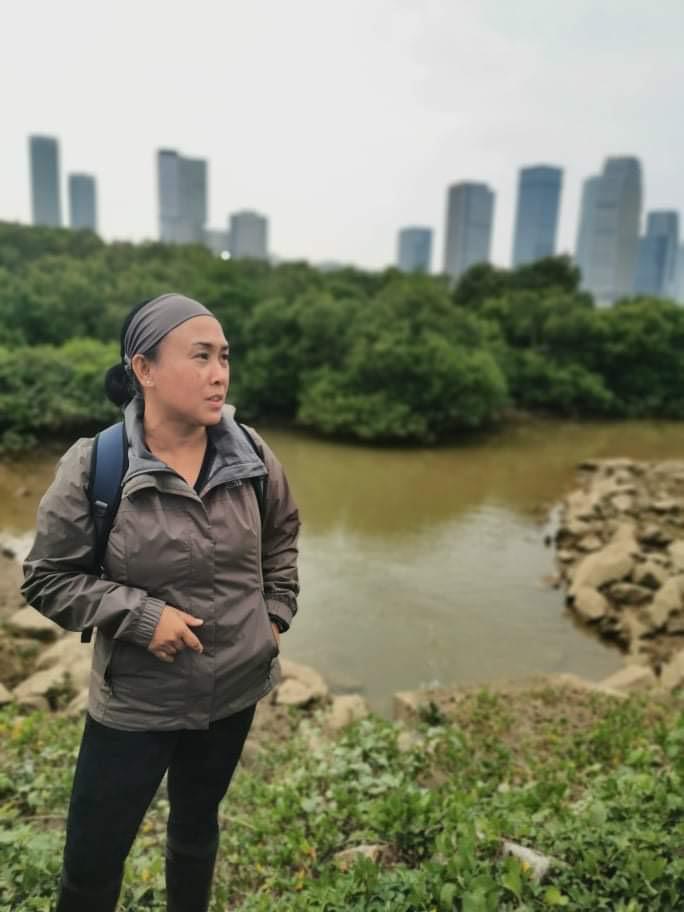
The exhibition, which was first displayed at the University of Saint Joseph in the Summer of 2020, is the result of a long scientific research coordinated by Karen Araño Tagulao. Born in the Philippines, the researcher argues that mangroves operate not only as natural barriers against rising sea waters, but also play an important role in absorbing carbon dioxide and other pollutants: “This exhibition focuses on the important role of mangroves in terms of climate change adaptation and mitigation, through scientific display boards, wave tank models and a video. It provides a vivid representation of what mangroves can do to protect the city from the impact of climate change, which will definitely reinforce awareness since this is something closer to us and much more realistic,” Karen Tagulao explains.
The exhibition is complemented by lectures and guided tours to the local wetlands. Over the past two years, the University of Saint Joseph already organized around three dozen guided tours to Macau’s mangrove sites: “If we consider last year, around 30 guided tours were organized. This year, five so far. Reactions were very positive based on the pre- and post-visit feedback that we obtained. The talks and visits enhanced the students’ understanding of the subject. Most of them enjoyed the activities and learned better through the visits,” the researcher at Institute of Science and Environment affirmed.

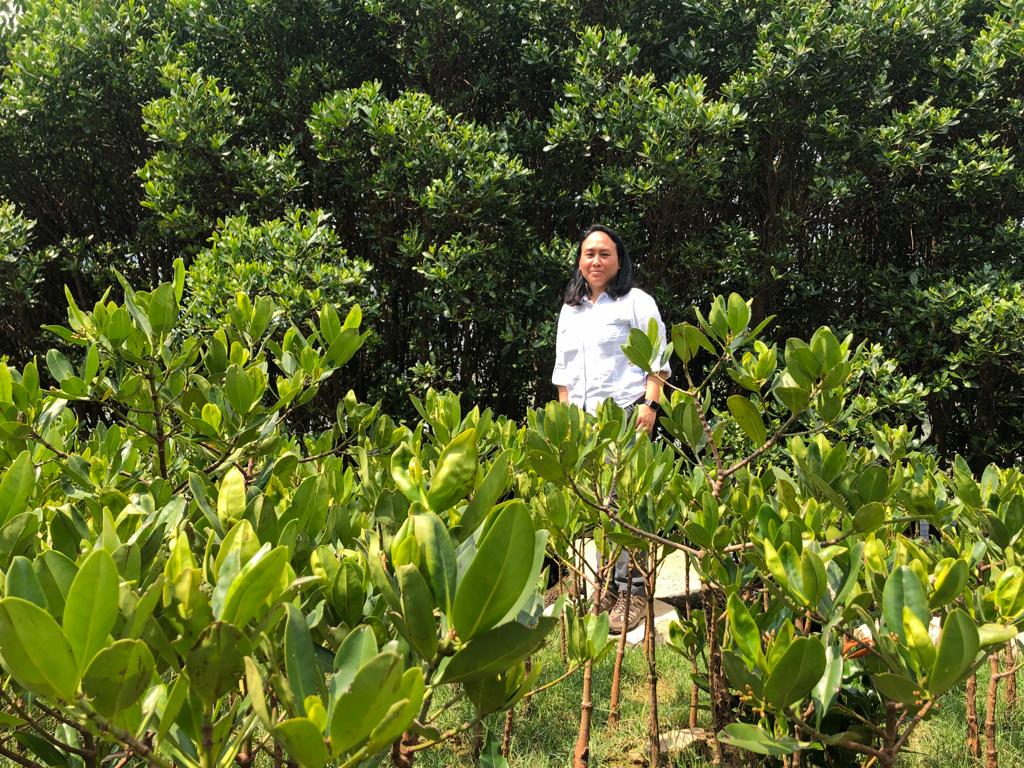
 Follow
Follow
